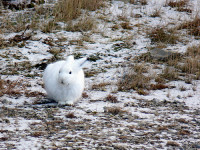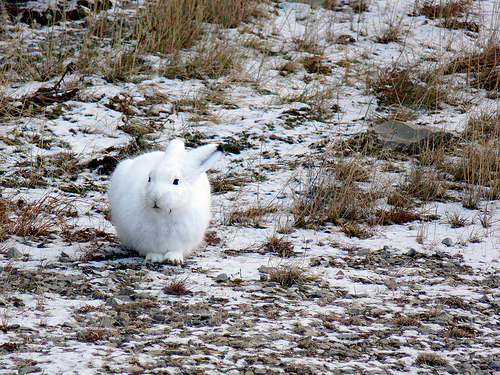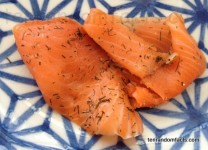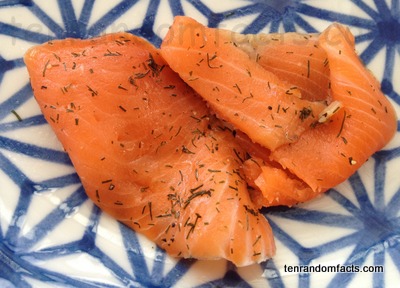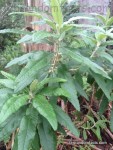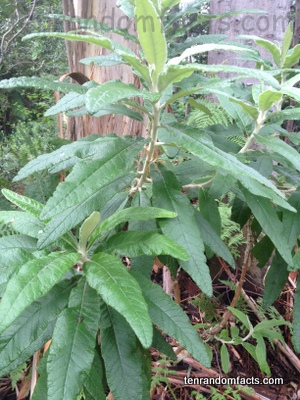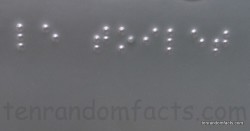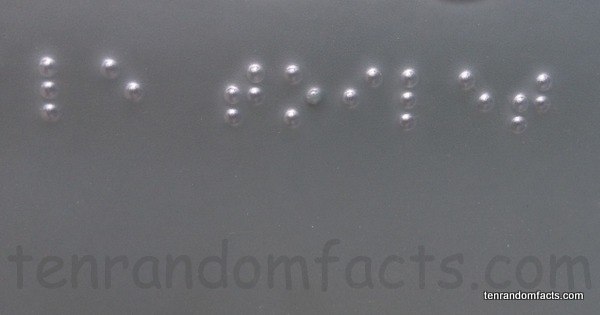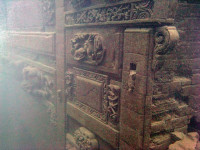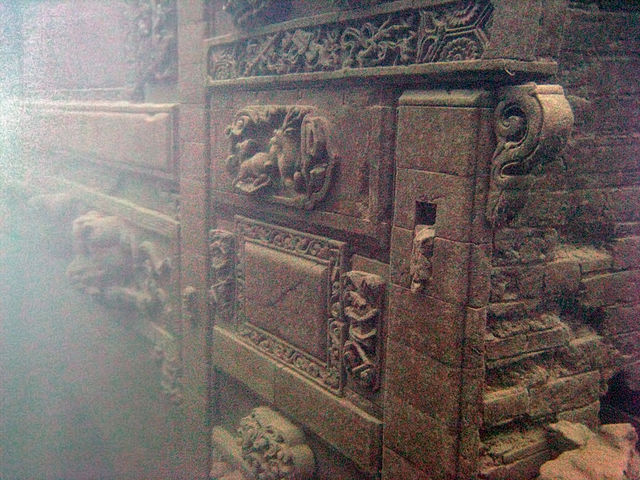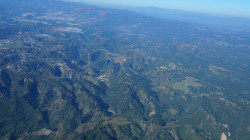
Guatemala is a site of exquisite history, both modern and ancient.
- Guatemala is a small, Central American country located beneath Mexico, surrounded by the Pacific Ocean and the Caribbean, and the countries Belize, Honduras and El Salvador.
- ‘Guatemala’ is also known under the official name of the ‘Republic of Guatemala’, and the name of the country comes from the Ancient Aztec language, derived from the word ‘Cuauchtēmallān’, meaning ‘place of many trees’.
- Guatemala’s first inhabitants were the Mayan civilisation, however, they were conquered by the Spanish who arrived from 1517, and the natives were fully defeated in 1697.
- Guatemala had a population estimation of just fewer than 16 million people in 2014, and the country covers an area of almost 109,000 square kilometres (42,085 square miles).
- In 1821, Guatemala was declared independent from Spain, however the country only became a republic with a subsequently chosen president in 1847.
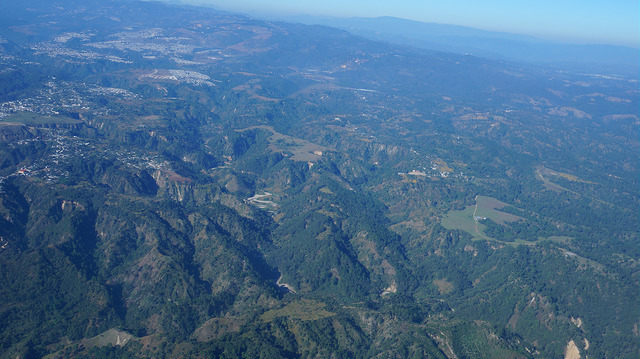 Part of Guatemala
Part of Guatemala
Image courtesy of Sara Fratti/Flickr
- Guatemala is quite a mountainous region with a mixture of sandy and forest habitats, featuring two main mountain ranges – unsurprising considering the country is situated on a fault line – and it has 33 extinct and 4 active volcanoes.
- The Guatemala capital, now known as ‘Guatemala City’, has been subject to multiple relocations, initially moving south-east in 1527 after an attack on the city; and relocating in 1541 and 1773, due to flooding and earthquakes respectively.
- Guatemala has consistently been a location of political unrest and high criminal activity, having its own revolution from 1944 to 1954, and an ongoing civil war from 1960 to 1996, which resulted in millions of refugees and displacements, and hundreds of thousands of deaths.
- Guatemala primarily produces vegetables, fruit and textiles, as well as nickel and petroleum and some other commodities, and has a GDP of approximately US$7,500 per capita in 2014.
- Due to its ancient historical importance, particularly of Mayan culture, Guatemala is a popular destination for tourism, receiving around two million visitors a year.
Bibliography:
Guatemala, 2016, Wikipedia, https://en.wikipedia.org/wiki/Guatemala
Guatemala, n.d, Australian Government Department of Foreign Affairs and Trade, https://smartraveller.gov.au/countries/guatemala
Guatemala, n.d, The World Factbook, https://www.cia.gov/library/publications/the-world-factbook/geos/gt.html






